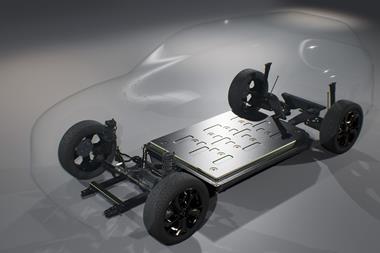Brazil – The new factory in São Paulo State represents an investment of 18 billion yen ($170m) and is the OEM’s first engine manufacturing facility in Latin America. Built on 872,500 sq.m of land, it has a capacity of 108,000 engines per year and a workforce of 320 individuals.
Porto Feliz will make1.3-lire and 1.5-litre NR engines equipped with Dual VVT-I, four cylinders and Flex Fuel, mixing ethanol with petrol. These engines power the new Etios which is manufactured in Brazil specifically for the Latin American and Caribbean (LAC) region.
“On top of our regional manufacturing operations in Argentina, Brazil, and Venezuela, this new engine facility is testament to Toyota’s long-term strategy aimed at helping Latin America and the Caribbean emerge as a global economic power in the coming decades,” said Steve St Angelo, Toyota CEO for LAC and chairman, Toyota Brazil.
Toyota says that Porto Feliz is similar to its new engine plant at Karawang, Indonesia, which opened in March this year; part of a shift towards factories focused more on competitiveness than high-volume production. The aim is to build facilities which are “simple, slim and flexible” and feature innovative production technology. The OEM says the initial investment costs for Porto Feliz were 40% lower than if it had been established in 2008. Though compact, the plant can accommodate all engine manufacturing processes as well as fluctuations in demand.
Toyota expects Porto Feliz to be one of the most competitive plants in the region. Sustainability was also a key priority in its design; a significant cut in casting waste has been achieved through the reduction of equipment size and optimisation of assembly line tasks. Porto Feliz is one of the first Toyota plants outside Japan to have all three production processes – casting, machining and assembly – located at one site.
The Japanese vehicle-maker began manufacturing in Brazil in 1959 with a complete knockdown facility, its first affiliate outside its home country. Toyota later produced vehicles more suited to the local market, including 100,000 Bandeirante utility vehicles between 1958 and 2001.





































